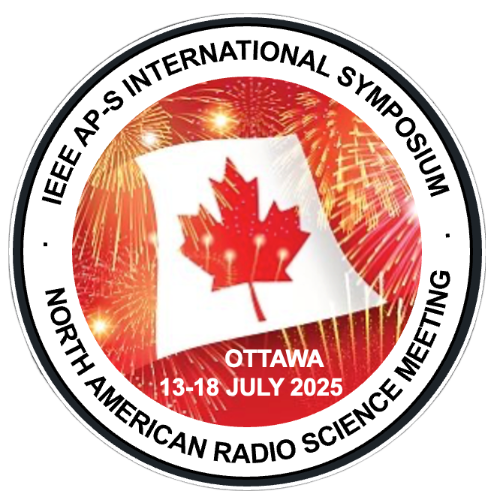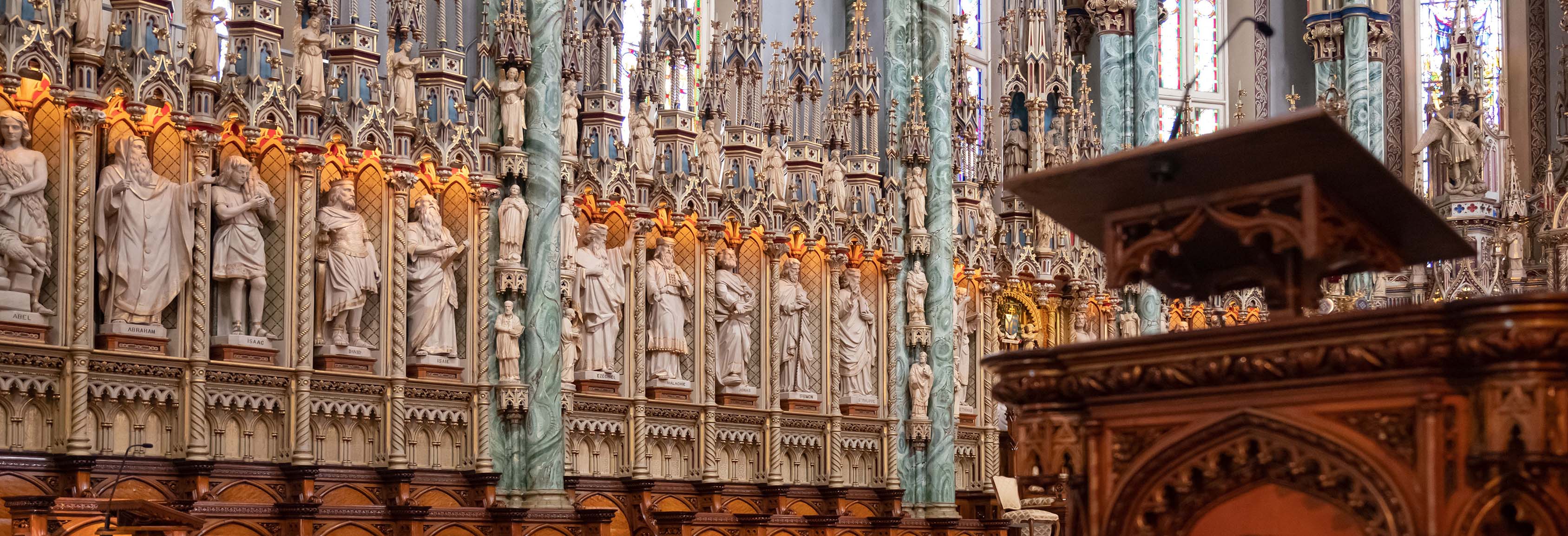Industry Paper Competition
Congratulations to this year's 10 finalists in the IEEE AP-S Industry Paper Competition!
The winner will be announced during the Award Ceremony on Wednesday, July 16.
TU-A6.2A.2 | 3-D Printable Crossover-Free WR12 Butler Matrix for a 1x4 Beamforming Antenna Array
Jean Temga, Silicon Austria Labs, Austria; Peter Bauer, TIGER Coatings GmbH & Co. KG, Austria; Michael J. Haslinger, PROFACTOR GmbH, Austria; Saeid Karamzadeh, Silicon Austria Labs, Austria
TU-SS.2A.1 | Electrically Tunable Phase Shifter for HPM Antenna Arrays
Brendan Nunan, Sean Torrez, Physical Sciences, Inc., United States
TU-SS.4A.2 | Envelope Shaping using Accelerated Modulation
Amir Bahrami, Christophe Caloz, KU Leuven, Belgium
TU-A6.1P.4 | Vehicle Integrated Antenna Performance Prediction Using an Antenna Digital Twin
Winfried Simon, IMST GmbH, Germany; Benoit Derat, Rohde & Schwarz GmbH, Germany; Aline Friedrich, Andreas Lauer, Thorsten Liebig, David Schaefer, IMST GmbH, Germany
TU-A3.1P.4 | Investigation of signal leakage suppression by using different shapes of glide-symmetric unit cells
Astrid Algaba-Brazález, Polytechnic University of Cartagena, Spain; Martin Johansson, Ericsson AB, Sweden; José Luis Gómez-Tornero, Polytechnic University of Cartagena, Spain; Lars Manholm, Ericsson AB, Sweden
WE-SS.3A.1 | Rapid and adaptable microwave metalens design process
William Milestone, Andrew Foley, Shawn Wimer, Mark Lucente, Nanohmics Inc., United States
WE-A6.2P.1 | EnVision Venus Synthetic Aperture Radar Antenna Feed Design
Sara Manafi, Richard Hodges, Alessio Mancini, Jacqueline Chen, NASA Jet Propulsion Laboratory, United States
TH-A6.2A.6 | A Novel Millimeter Wave (mmW) Luneburg Lens Imaging Radar for Indoor Fall Detection
Max Xin, Andrew Wang, Lunewave, United States; Chun-Cheng Chang, Shu-Fen Wung, the university of arizona, United States; Min Liang, Lunewave Inc., United States
TH-SS.2A.3 | Design and Experimental Demonstration of an X-band Hemispherically-Shaped Conformal Frequency Selective Surface
Jordan Budhu, Ali Tehranian, Virginia Tech, United States; Casey Perkowski, Lance Sookdeo, Kenneth H. Church, Sciperio Inc., United States; Garrett Harris, Carl Pfeiffer, Air Force Research Lab, United States
FR-A2.2A.1 | Circularly Polarized Phased Array With Improved Axial Ratio Bandwidth and Enhanced Beamforming for Beam-tracking and Video-Transmission Demonstration System
Meicheng Liu, Jin Wu, Zhenshuai Fu, Yuefeng Hou, Tianjin University, China; Kunpeng Wei, , China; Kaixue Ma, Tianjin University, China
Industry Paper Competition Eligibility Requirements:
Papers eligible for the Industry Paper Competition are those that describe, in contrast to basic research, a pracitical design or measurement procedure, a realizable integration technique, a process of enhancement and/or combination thereof that results in significant improvements in the performance and/or robustness of an antenna or electromagnetic related product or system. An eligible paper can also present the application of an antenna/EM technology/technique to a system that significantly benefits the AP society and community at large.
To qualify for consideration in the Industry Paper Competition, at least one of the authors must be affiliated with a corporation or private company. Collaborative work between industry and research intitutions (government and/or universities) is acceptable.
Industry Paper Competition Submission Requirements, Review Process and Award:
- All authors wishing to participate in the competition are required to follow the regular IEEE AP-S Symposium paper submission process.
- In the submission process, the box marked Industry Paper Competition must be checked.
- To be considered, the submission must describe work as mentioned above and at least one of the authors/contributors must be from industry. Collaborative work between industry and research institutions (government and/or universities) is acceptable.
- Industry Paper Competition submissions will be reviewed by the Technical Paper Review Committee in the same manner as all other paper submissions.
- To be considered for the IP Competition, the paper must be presented at the conference.
- Final judging will be performed by a specially formed committee of experts.
- A prize will be awarded to the authors of the paper judged best in the category during the conference. In addition, a free advertisement in Antennas and Propagation Magazine for the author's company will be given.






